Scientific Buddhist: Why Incense is More Than Just a Pleasant Backdrop to Meditation; Research Reveals Brain Health Benefits
“Many religious traditions have contended that burning incense is good for the soul. Now, biologists have learned that it is good for our brains too.” — Science Daily [1]
I’m addicted to incense. I use it in the morning. I use it in the evening. I find it triggers something in me, a sense of peace, a sense of coming inside, but also a feeling of connection. Nearly all spiritual paths include incense. Zen Buddhists face the wall, with only incense, and the bell (and occasional whack) for company. Using essential oils, without the incense stick (usually heated in a bowl of water over a candle) can have all the delightful sensations of incense, without the smoke — which can have risks associated with inhaling smoke.
NOTE: Some studies also show that incense smoke indoors can be bad for your lungs. Essential oils heated over a beeswax candle (using an essential oil heater) can have the “brain benefits” without the risk associated with smoke. There are also electric incense burners which have low smoke from natural incense. Incense is not inhaled like a cigarette, and a single stick of low smoke incense with known ingredients may be low risk for those of us in the habit, but dense temple smoke, a room without ventilation, or too much indoor smoke can have risks. Please review this cautionary study>> It is also not wise to burn incense if you have asthma. Another idea is to burn the incense outside, weather permitting.
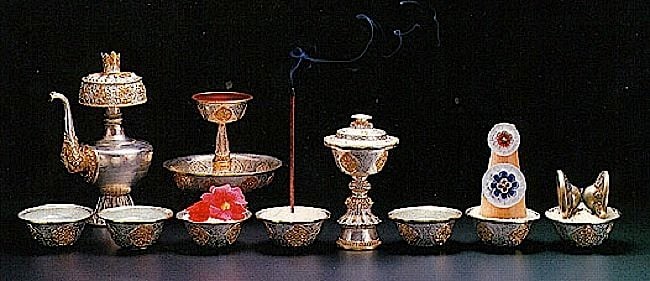
In temples all over the world incense is even right now wafting heavenward, some believe carrying prayers, and always presented as a heartfelt offering. In Catholic Cathedrals, censors waft. In every Hindu ceremony, temple and shrine, incense is a constant. These are offerings, but Science is now supporting what religious teachers have said for centuries — “Incense is good for the brain.” This evidence also appears to support actual clinical benefit, rather than just placebo-type benefits based on belief or faith.

Science: Supports Benefits of Incense
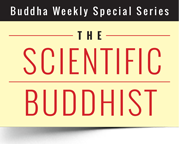
I recently came across a release from John Hopkins University, that seems to suggest that incense is more than just symbolic in terms of meditation practice. While it is antithetical to Buddhist belief, the scientists, as they usually do, tested on mice, but I’ll leave that for another story — we, at Buddha Weekly are 100 percent against this type of research involving animals. However, we felt the results were important information, even if the ends did not justify the means. Science Daily, who reported on this study, described it this way:
“An international team of scientists, including researchers from Johns Hopkins University and the Hebrew University in Jerusalem, describe how burning frankincense (resin from the Boswellia plant) activates poorly understood ion channels in the brain to alleviate anxiety or depression. This suggests that an entirely new class of depression and anxiety drugs might be right under our noses.” [1]

There are many other studies, notably a study from the University of Florida that shows
“smells inhibit and excite cells in the olfactory area of the brain creating changes in the brain.” [3]
Another one, a study of 3,000 people at the Research Centre of Chicago “found that if people had the ability to smell fruit many times a day… they ate less and lost weight.” [3] It’s fairly clear that smells influence mood, emotions and to the brain itself.
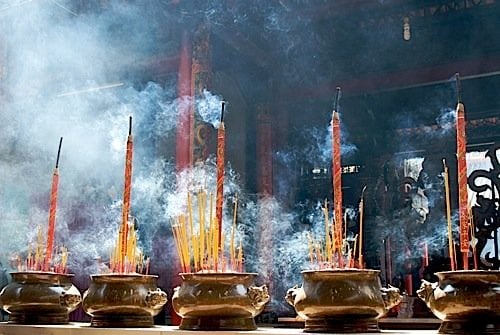
The report from John Hopkins adds:
“In spite of information stemming from ancient texts, constituents of Bosweilla had not been investigated for psychoactivity,” said Raphael Mechoulam, one of the research study’s co-authors. “We found that incensole acetate, a Boswellia resin constituent, when tested in mice lowers anxiety and causes antidepressive-like behavior. Apparently, most present day worshipers assume that incense burning has only a symbolic meaning.”
NOTE: No advice is offered or given in this article or this publication. PLEASE ALWAYS REFER TO YOUR TEACHER, PROFESSIONALS, OR AN EXPERT before acting on any information contained in any of our stories. Please see full disclaimer in footer or our Terms of Use.
Pleasant Odors Have Antidepressive-like Behaviour

These studies support the notion that the benefits aren’t just psychological. By extension, once can logically deduce (but not prove) that all pleasant odours would have an antidpressive-like behaviour. It’s a reasonable hypothesis, and certainly supported by aroma therapy, and my own experiences. This suggests that centuries of Ayurvedic and natural medicine are likely not wrong when they make fairly safe lists of benefits (clinically unproven, unless stated otherwise) for various situations [cited from OM Times]:
- Lavender, know to relieve stress and relax
- Sandalwood, removes tension, creates awareness
- Cinnamon, known for increasing focus
- Cedar or pine, well known to help with depression and sadness
- Dragon’s blood, soothes GI tract, helps with pain
- Jasmine, balancing hormones, increasing libido
- Amber: boosting immune system (also if worn, rather than burned, the oil is absorbed through skin)
- Frankincense: was the subject of the above cited study, relieves depression; also known to increase creativity
It is fair to say that any pleasant incense will affect mood positively.

Why Incense is Important in Buddhist Practice
Incense is the top of mind offering substance. Nearly all spiritualities use incense as an offering. In Buddhism it is more than just an “offering.” Offerings are a critical daily practice and not because of superstitious reasoning — i.e. my gift will make my deity happy. By honouring the Buddha, Dharma and Sangha, we create several positive conditions, supportive of good karma:
- Merit: by making an offering, we create good Karma of giving
- Overcoming selfishness: any giving is good karma because it overcomes our selfish and ego-centric tendencies and because we give away something with generosity.
- Overcoming pride: giving away what is valuable is also a way to overcome pride, especially if the incense is offered with a bow.
No Charcoal Please: Give Me the Stick or Plug it In
 Most studies indicate that incense sticks or essential oils are preferred. Burning natural incense on charcoal is hazardous. One solid alternative are electric incense burners, which can burn natural incense and powders with lower smoke and a longer, more pleasant, sustained burn. [For example (see inset), a lotus-designed one here from Mermaid>>]
Most studies indicate that incense sticks or essential oils are preferred. Burning natural incense on charcoal is hazardous. One solid alternative are electric incense burners, which can burn natural incense and powders with lower smoke and a longer, more pleasant, sustained burn. [For example (see inset), a lotus-designed one here from Mermaid>>]
Putting aside any possible (or imagined) benefits, I do know one thing — incense really changes my mindspace. Altered consciousness? I don’t know. But a meditative state is very quickly realized when I burn a quality, not too smokey incense. (It’s difficult to be mindful when you’re coughing in a too smokey room!). For this reason, I tend to prefer Tibetan (no wood or resins) or Japanese incense sticks without wood cores — or essential oils heated in a bowl over a candle. Of course, there is something hypnotic and wonderful about the coil of smoke that rises from an incense burner.
My Daily Habit: a Stick a Day…
Personal or not, apparently my daily habit is good for me. Gerald Weissmann, M.D., Editor-in-Chief of The FASEB Journal, said, “Studies of how those psychoactive drugs work have helped us understand modern neurobiology. The discovery of how incensole acetate, purified from frankincense, works on specific targets in the brain should also help us understand diseases of the nervous system. This study also provides a biological explanation for millennia-old spiritual practices that have persisted across time, distance, culture, language, and religion–burning incense really does make you feel warm and tingly all over!”
I know, quoting scientific studies isn’t very profound or spiritual. Maybe it’s a cheat, quickly altering our consciousness and giving us a boost in meditation. Maybe it’s a mind game. But it doesn’t matter. I don’t intend to break my addiction any time soon.
NOTE: Some studies also show that incense smoke indoors can be bad for your lungs. Essential oils heated over a candle can have the “brain benefits” without the risk associated with smoke. Incense is not inhaled like a cigarette, and a single stick of low smoke incense with known ingredients may be low risk for those of us in the habit, but dense temple smoke, or too much indoor smoke can have risks. Please review this cautionary study>> It is also not wise to burn incense if you have asthma.
NOTES
[1] Science Daily, Burning Incense is Psychoactive
[2] FASAB: The Journal for the Federation for American Experimental Biology Abstract: “Incensole acetate, an incense component, elicits psychoactivity by activating TRPV3 channels in the brain”
12 thoughts on “Scientific Buddhist: Why Incense is More Than Just a Pleasant Backdrop to Meditation; Research Reveals Brain Health Benefits”
Leave a Comment
More articles by this author
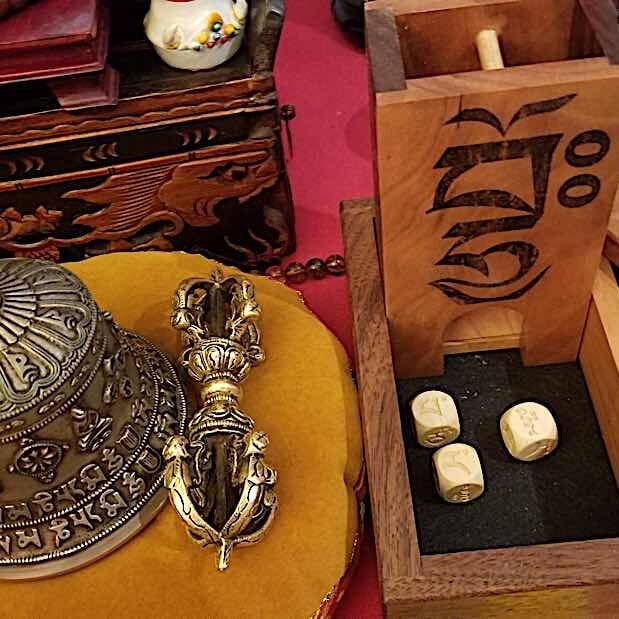
Mo Dice and Mo Mala, Bamboo Sticks, and other “divinations” — “Mo could prove beneficial…” HH Sakya Trizin
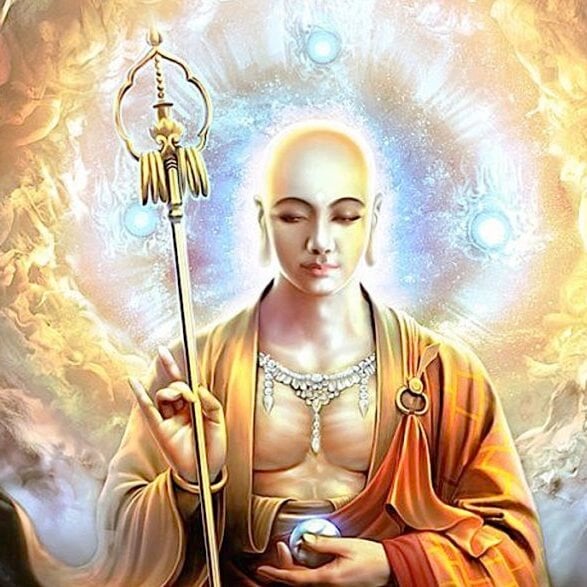
Lama Zopa Rinpoche and other teachers recommend Kṣitigarbha mantra and practice for times of disaster, especially hurricane and earthquake, because of the great Bodhisattva’s vow

Profound simplicity of “Amituofo”: why Nianfo or Nembutsu is a deep, complete practice with innumerable benefits and cannot be dismissed as faith-based: w. full Amitabha Sutra
Search
Latest Features
Please support the "Spread the Dharma" mission as one of our heroic Dharma Supporting Members, or with a one-time donation.
Please Help Support the “Spread the Dharma” Mission!
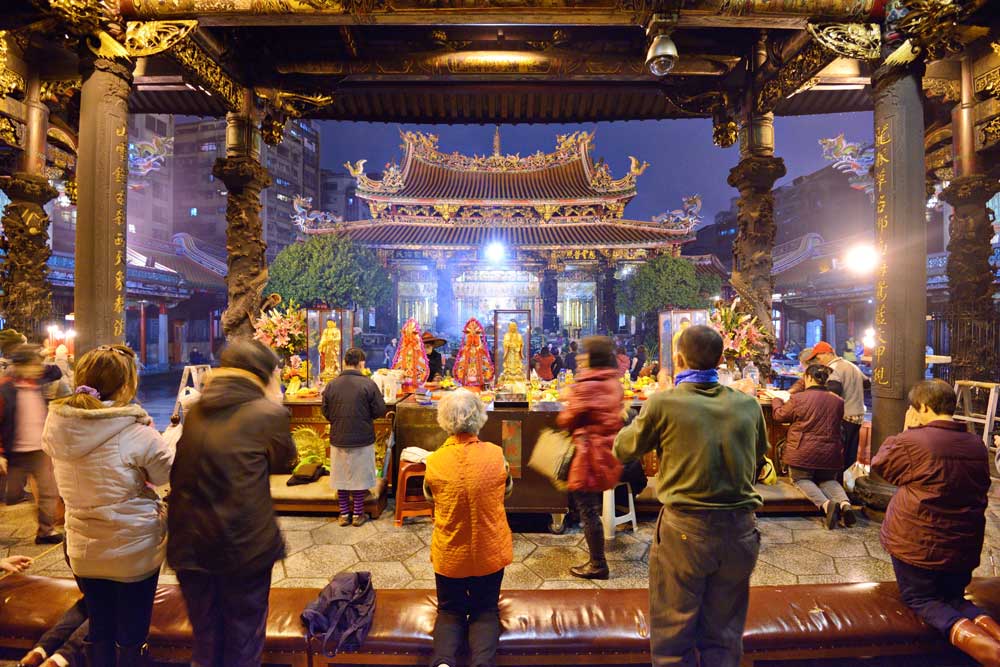
Be a part of the noble mission as a supporting member or a patron, or a volunteer contributor of content.
The power of Dharma to help sentient beings, in part, lies in ensuring access to Buddha’s precious Dharma — the mission of Buddha Weekly. We can’t do it without you!
A non-profit association since 2007, Buddha Weekly published many feature articles, videos, and, podcasts. Please consider supporting the mission to preserve and “Spread the Dharma." Your support as either a patron or a supporting member helps defray the high costs of producing quality Dharma content. Thank you! Learn more here, or become one of our super karma heroes on Patreon.
Josephine Nolan
Author | Buddha Weekly
Josephine Nolan is an editor and contributing feature writer for several online publications, including EDI Weekly and Buddha Weekly.
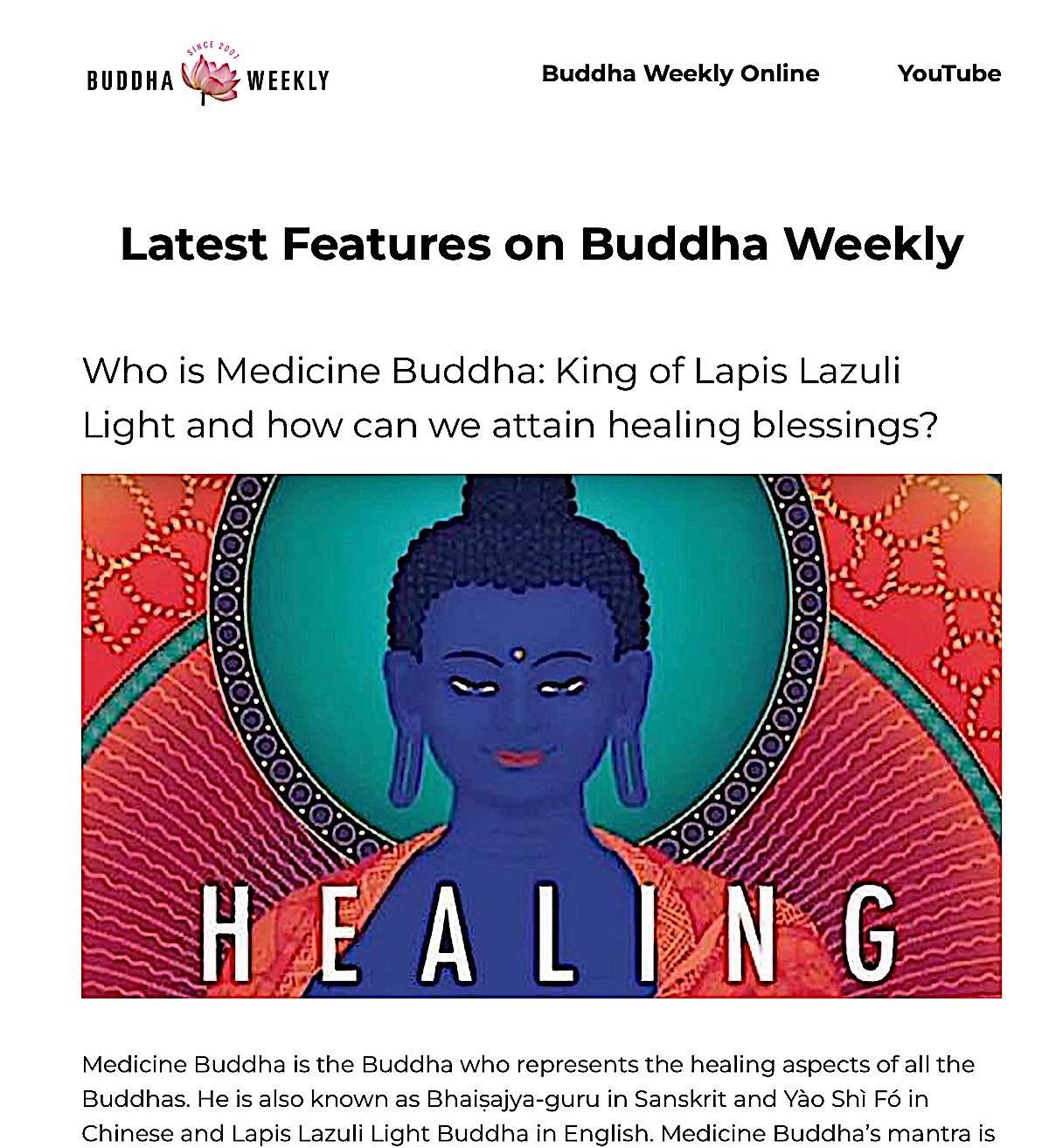
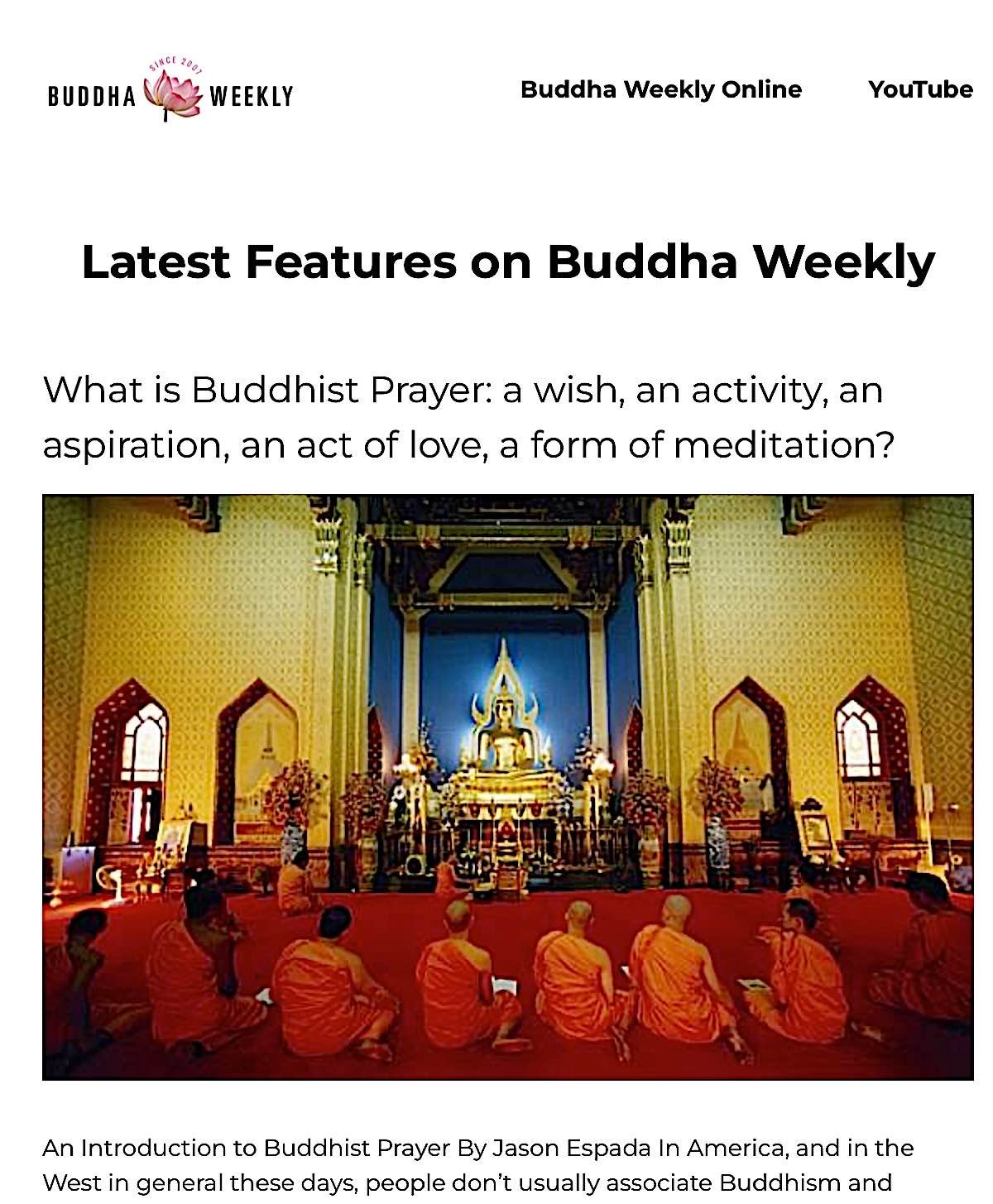










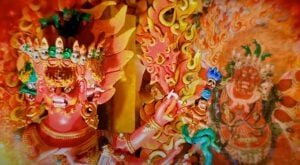

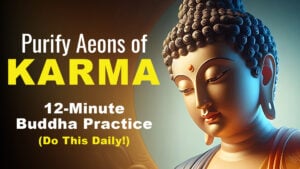

Incense is like music, it can create a wonderful mood. I burn incense when I want to relax and create a peaceful state. I love it when the wonderful aromas fill the air.
Point us to some higher quality incense, please. I’m burning sandalwood now and it just made me smile.
We don’t have specific recommendations, sorry, since we have not reviewed or tested incense, but the best bet is to look to some of the traditional makers who have been doing it for decades (usually Nepalese, Tibetan or Indian). I personally always look for sticks that do not use a wood stick. (The incense is still formed into a stick, but without the wood stick in the centre). The wood stick adds more smoke and no benefit, and can even be a fire hazard if you leave them in the burner unattended. When you have dozens of wood sticks in the bottom of your burner it’s like kindling. I never leave those unattended.
I’d internet search for “natural stick-free incense” or “organic incense” or “aromatherapy incense” and then make sure they are wood free if you want to minimize the smoke that has no benefit (wood smoke).
One brand I personally have used for years is called Morning Star (smoke less (not smoke free) incense.They have less smoke because no wood stick. They also burn down and leave no stick in your burner. Tibetan and Indian incenses are also available wood stick free, in fact most most traditional Tibetan sticks are free of wood stick. Chinese “joss stick” incense tends to have the stick, so it has a lot more smoke. I use those outside only, myself, for example at New Years and outdoor celebrations. The Tibetan sticks tend to be more “savoury” and rich in smells, but less floral. If you like Lavender, florals etc, you’d probably want to stay with Japanese incenses.
I suggest using essential oils with either a diffuser or a single beeswax candle with an essential oil heater if your room is small. Incense smoke in a small room isn’t good. For my own practice I use a single stick of low smoke Japanese incense (wood stick free) because my meditation room is small. Charcoal and/or too many incense sticks in a small room without ventilation is never a good idea.
I like what the temples sometimes do. They light the incense inside, bow, then take it outside to a dedicated incense bowl outside. This is to avoid too much smoke inside the temple.
Please let others know that if a person has suffered violence and any sent was present at the time – the violent reach will be activated when they smell it again. This can be a floral smell that was in the room, etc. I use incense successfully but am very sensitive to others if they will be part of what I am doing. A simple question – is there any smell that is upsetting to you – and then I choose my incense according.
Thank you for this posting – it will be very helpful to so many.
Are there any rituals, or practices that involve taking care of the ashes from the incense.. how to dispose, where to dispose, or uses.
It’s a good question and likely varies by tradition. I’m not aware of one, but I would dispose of them respectfully if possible (i.e. no flushing down the toilet). I would think pouring them on the earth would be fitting. Anyone else know? Personally, I don’t think it matters, as it’s been offered and given.
Good evening Lee!! Greetings from Montreal! I landed on this beautiful and very educational website because I recently read an article about the benefits of Frankincense. I made a lot of research and I definitely want to enjoy its properties. However, I would like to have your personal opinion on what would be the best way to use it.
Is there any difference or benefits between using Frankincense in its traditional form (incense) with the Electric Incense Heater – Golden Lotus versus using Frankincense in oil form with an oil diffuser?
Thank you so much for any input you might have on this dilemma! I have been researching this specific topic for hours and have not found anything.
Thank you so much Lee!
Hi Julian, replied above, thanks. In kindness, Lee
Good evening! Greetings from Montreal! I landed on this beautiful and very educational website because I recently read an article about the benefits of Frankincense. I made a lot of research and I definitely want to enjoy its properties. However, I would like to have your opinion on what would be the best way to use it.
Is there any difference or benefits between using Frankincense in its traditional form (incense) with an electric incense heater (like the one recommended on this article) versus using Frankincense in oil form with an oil diffuser?
Thank you so much for any light you could give me on this 🙂
Julian
Dear Julian, Thank you for writing. The benefits are similar, but for those concerned about the smoke (especially in a small room), the incense heaters are helpful. The oils with a diffuser is another method as it uses lower heat and vaporizes. Always be cautious with essential oils as they’re highly concentrated. Even if you’re burning traditionally, there are still differences between incense sticks (which are mixed with burning substances) and pure Frakencense on a heater. Also, be very cautious with the older traditional methods (charcoal incense burners) which should never be used in closed environments. Hope that helps.
Great post! You make some really interesting points about meditation and incense, thank you for sharing!